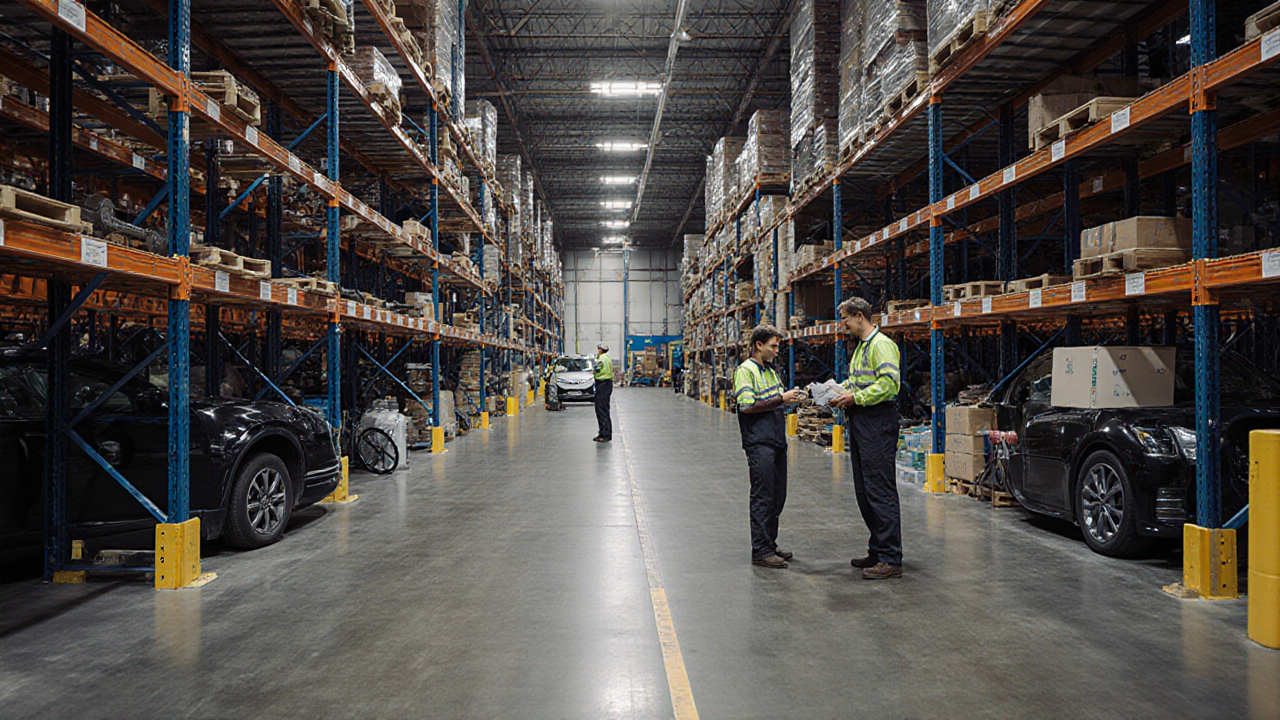
When a major policy shift removes a $7,500 consumer tax credit and loosens emissions standards, the ripple effects are felt far beyond the showroom floor. Automotive manufacturers, which have been investing heavily in electric vehicle (EV) production, now face a scenario in which the domestic EV share could contract from 10% to as low as 5%. This contraction is not merely a sales issue; it reshapes the entire supply‑chain ecosystem, forcing firms to re‑evaluate plant utilization, inventory strategies, and long‑term capital allocation.
The financial impact is stark. A leading automotive producer reported a $1.3 billion loss in the second quarter for its EV unit and projected $5.5 billion in losses for the year. U.S. EV sales plunged 31% during the same period, a decline driven by aging models and a temporary halt in sales of a high‑profile electric pickup due to a safety recall. These figures underscore the urgency for supply‑chain leaders to anticipate volatility and to pivot resources toward more resilient product lines.
One of the most immediate operational responses has been the shift toward hybrid or partially electrified vehicles. By re‑tooling battery‑centric production lines to accommodate hybrids, manufacturers can maintain throughput while mitigating the risk of underutilized capacity. This approach also aligns with consumer preferences for vehicles that offer both internal‑combustion and electric power, especially in markets where charging infrastructure remains uneven. Supply‑chain managers must therefore adapt their procurement and logistics plans to support a broader mix of power‑train components, ensuring that battery modules, electric motors, and combustion engines can be sourced, stored, and distributed with equal agility.
From a strategic perspective, the evolving policy landscape demands a more flexible, risk‑aware mindset. Companies that diversify their vehicle portfolios and invest in modular manufacturing capabilities will be better positioned to absorb policy shocks. Moreover, maintaining close collaboration with suppliers can accelerate the transition to hybrid production, while data‑driven demand forecasting will help avoid the inventory excesses that previously plagued pure‑EV lines. By embedding sustainability metrics into performance dashboards—such as carbon intensity per vehicle unit and energy‑to‑delivery ratios—executives can align operational decisions with broader corporate sustainability goals.
For senior supply‑chain leaders, the lesson is clear: policy uncertainty should be treated as a catalyst for operational innovation rather than a threat. By reallocating resources to hybrid production, enhancing supply‑chain visibility, and embedding sustainability into every decision, firms can not only weather the current turbulence but also position themselves as leaders in a market that is increasingly defined by both regulatory dynamics and consumer demand for efficient, low‑emission mobility solutions.
Loading comments...